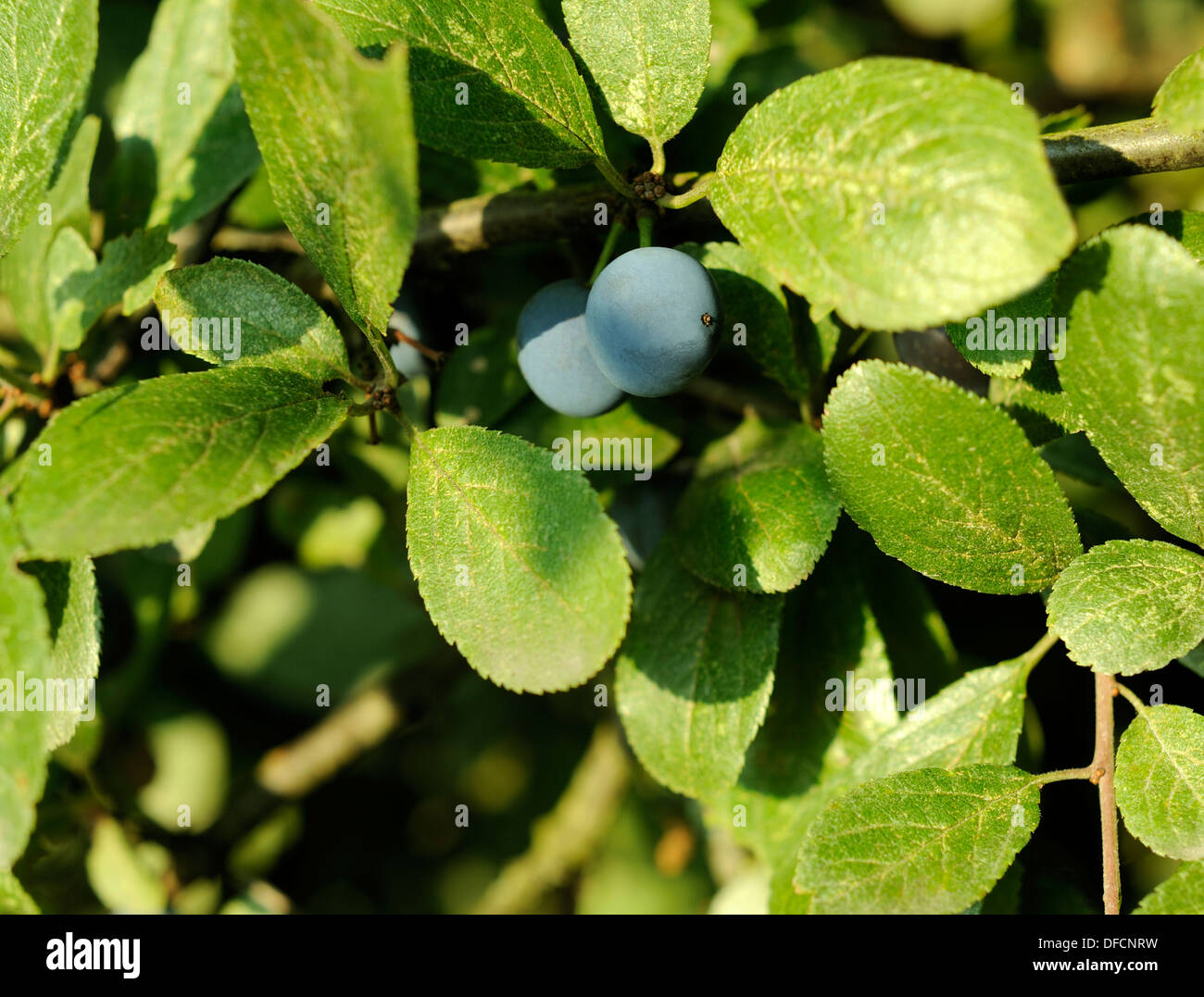

Only a handful make it the first year, but the following years already provide abundant harvests. Sloes appear on the tree after the first blooming, usually in the third year of growth. This makes weeding underneath them easier for the season! You can also snip off spikes on lower branches with pruning shears.When pruning, it’s important to wear thick gloves and especially protective glasses to protect your eyes.Remove suckers sprouting from the base often during the year.īlackthorn can cope well with severe pruning, hatracking and even being cut down to the stump.Ĭaution: blackthorn spikes can be over 4 inches (10 cm) long, are very sharp and very strong.

Wait for fall to cut it back drastically every 2 or 3 years.If you must prune or cut back your blackthorn, avoid proceeding after the blooming, or you won’t be harvesting any fruits. Indeed, each cut twig will sprout from 2 to 4 new branches lower down. Pruning, of course, reduces overall height, but makes up for it by creating a lusher, denser bush. In the first years of growth (it matures and slows after 10 to 15 years), it can grow up to 2 feet a year, with a minimum of 1 foot when conditions aren’t perfect (60 and 30 cm, respectively). Fertilize poor soil with shrub fertilizer during the 2 or 3 first years.īlackthorn is one of the faster-growing shrubs.Regularly water over the 1 st year after planting.Care and pruning of blackthornĬaring for blackthorn is very easy because it is a shrub that requires quasi no care once it has settled in correctly. It is thus also ideal to create a tough defensive hedge, on top of its ornamental appeal. Take note that blackthorn is… full of thorns, place it well so that you won’t be pricked too often when passing by! Take care, if this is the case, to water regularly at the beginning for roots to penetrate well.Poor and clayish soil isn’t its best growing environment.



 0 kommentar(er)
0 kommentar(er)
